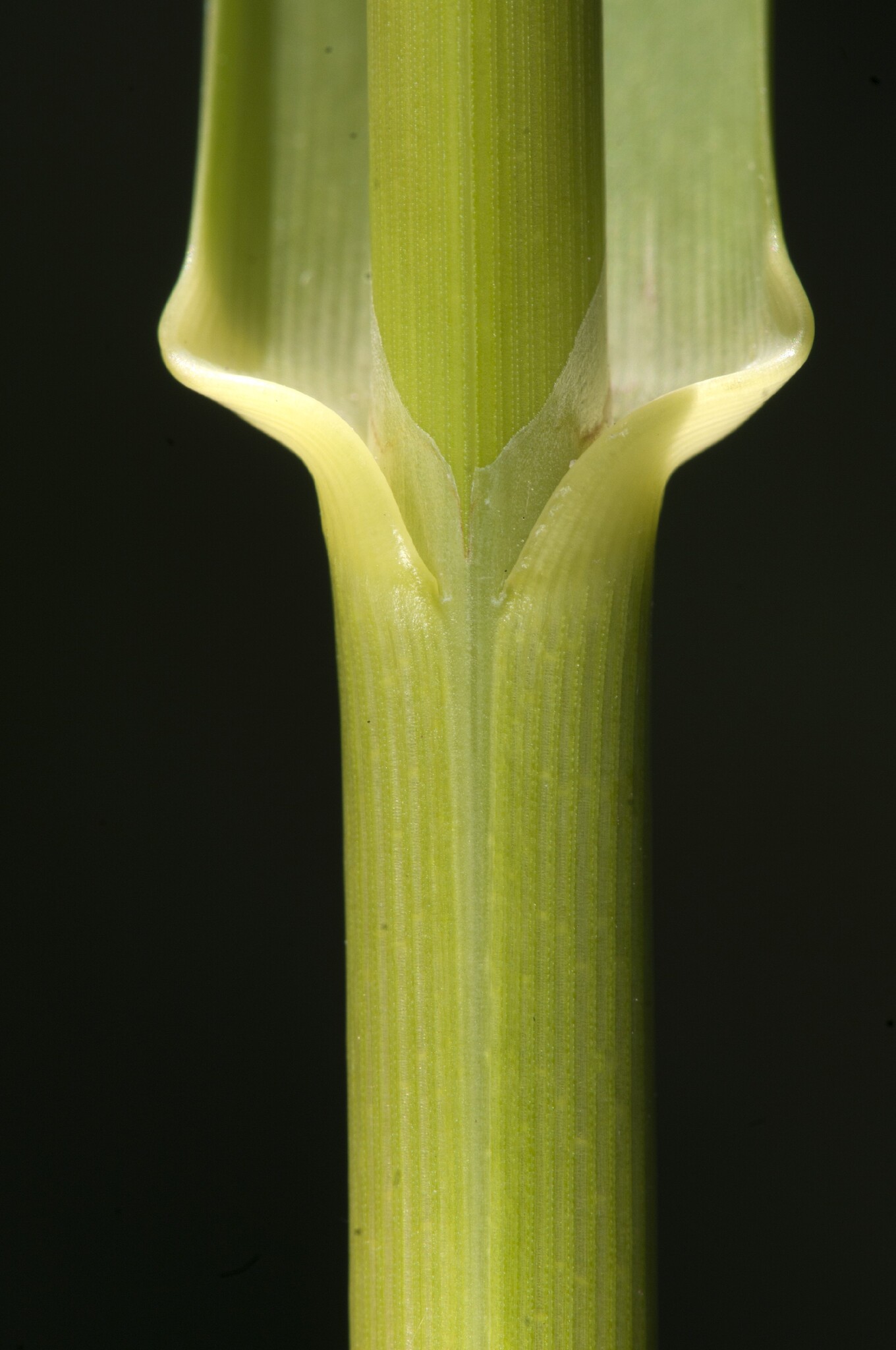
Semi-aquatic perennial that spreads by rhizomes and/or stolons. Leaf folded in bud. Leaf blade v-shaped or flat with boat-shaped apex, hairless, pale green, rough and faintly ridged on the upper surface, smooth or slightly rough on the keeled underside. Ligule membranous, 2-5 mm, blunt, but often with a short central point. Sheath flattened, keeled, entire, hairless, closed almost to the top, yellowish-green in colour. Inflorescence an open, loose panicle with oblong spikelets.
Temperate Europe and Asia
Grows in wet soils, on banks and around ponds. Sometimes considered a nutritious fodder grass as well as for erosion control and in waste treatment ponds, although cyanic compounds are present in growing parts and cattle deaths have been attributed to this species.
Naturalised in all states except the Northern Territiry and South Australia, mostly in wet areas.
var. variegata Forms clumps of broadly linear green leaves with cream stripes.
Source: (2005). Poaceae. In: . Horticultural Flora of South-eastern Australia. Volume 5. Flowering plants. Monocotyledons. The identification of garden and cultivated plants. University of New South Wales Press.
